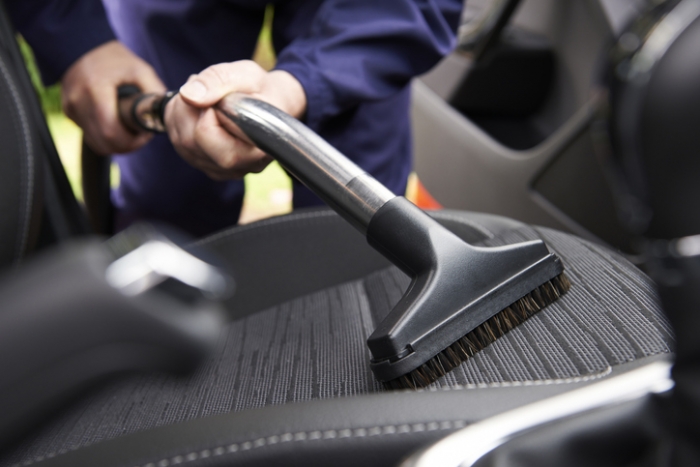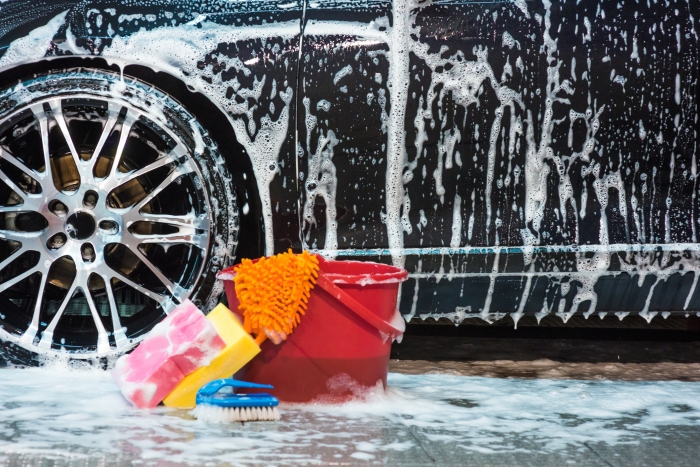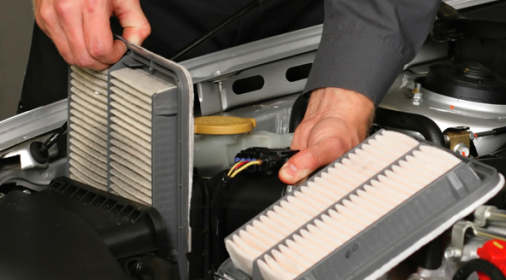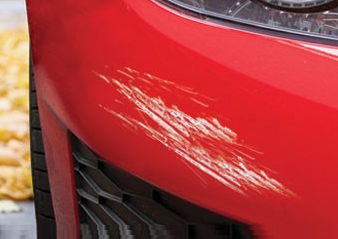How to Deep Clean Your Car at Home
Keeping your car in great condition doesn’t have to mean costly trips to the professionals. Whether you’re preparing it for resale or simply enjoy a clean ride, learning how to clean a car properly can make a huge difference. From how to wash a car’s exterior to the best way to clean a car interior, this guide covers everything you need for a thorough DIY job at home.
Tools for Cleaning the Car
Having the right tools makes cleaning the car easier and more effective. Here’s what you’ll need:
- Vacuum cleaner with hose and attachments
- Microfibre cloths for dusting and polishing
- All-purpose interior and exterior car cleaning products
- Glass cleaner
- Carpet cleaner (for cloth mats)
- Car shampoo
- Soft sponge or wash mitt
Interior Cleaning: How to Clean Inside of a Car
When wondering how to wash the inside of a car, the key is methodical cleaning. Follow these steps for a fresh, sanitised interior.
- Declutter and Remove Mats
Clear out all rubbish and personal items. Take out the floor mats to make cleaning easier.
- Dust and Vacuum
Start by dusting all surfaces so debris doesn’t resettle later. Then vacuum the entire interior, including under seats and between crevices.
- Clean Dashboard and Door Panels
Use suitable cleaners based on the material (vinyl, leather, or plastic). Avoid oversaturating surfaces, and always test products on a small area first.
- Air Vents and Touch Points
Use a soft brush or air duster for air vents. Wipe down frequently touched areas like the steering wheel, gear stick, and handles with an antibacterial product.
- Clean Interior Windows
Remove smudges and marks with a streak-free glass cleaner and a microfibre cloth.
- Floor Mats
Rubber mats: Shake off debris, pressure wash or hose down, scrub with soap, rinse, and air dry.
Cloth mats: Vacuum both sides, spot-clean stains with carpet cleaner, and dry thoroughly.
- Seats
Leather seats: Use a leather cleaner and conditioner.
Cloth seats: Use upholstery or carpet cleaner to tackle stains. Allow ample drying time.
Find out more about our top tips for deep cleaning leather and cloth car seats.

Exterior Cleaning: How to Wash a Car at Home
Knowing how to wash a car the right way helps preserve its finish. Here’s the best way to clean your car from top to bottom.
- Start with the Wheels
They’re usually the dirtiest. Use a dedicated wheel cleaner and brush to remove brake dust and grime.
- Rinse the Body
Use a hose or pressure washer to loosen and remove surface dirt. Work from the roof down.
- Hand Wash the Car
Use a bucket of warm water with a pH-balanced car shampoo. Work panel by panel with a non-abrasive sponge or mitt.
- Final Rinse
Rinse again to remove soap residue. If needed, repeat washing on heavily soiled areas.
- Dry and Clean the Windows
Dry with a microfibre towel to avoid water spots. Clean windows inside and out for a streak-free finish.
- Optional: Wax and Polish
For extra shine and protection, polish the car and apply wax. This helps protect the paintwork and makes future washes easier.

Car Washing Tips
- Always wash your car in the shade to avoid water spots.
- Avoid harsh chemicals like dish soap, which can strip wax.
- Rinse off bird droppings quickly to avoid paint damage.
- Regular cleaning helps reduce long-term wear and tear.
How Often Should You Wash Your Car?
One of the most common questions drivers ask is: how often should you wash your car? The answer depends on your environment, driving habits, and even the local climate.
If you live in a built-up or urban area, your vehicle is more exposed to dust, pollution, and residue from traffic. On the other hand, if you’re near the coast, the salty sea breeze can carry corrosive particles that settle on your car’s surface. Both situations can affect your car’s paintwork over time.
To protect your vehicle and maintain its appearance, it’s a good idea to hand wash a car or take it through a gentle clean at least once a week. Regular cleaning helps remove harmful contaminants like salt, bird droppings, and road grime, minimising the risk of rust and paint damage.
A weekly routine, even if it’s just a basic rinse and wipe down, can significantly prolong the life of your car’s finish. For a deeper result, schedule a full wash and interior clean every couple of weeks, especially if you’re using the car daily or driving in tough conditions.
FAQs
Is it legal to wash a car in the driveway in the UK?
Yes, but local councils may prohibit it if water runoff enters drains. Always check local regulations and use eco-friendly products.
Can you use Fairy Liquid to wash a car?
No. Dish soaps like Fairy Liquid can strip away protective wax and damage paintwork. Use a proper car shampoo instead.
What is the best thing to clean a car with?
Use microfibre cloths, pH-neutral car shampoo, and purpose-made interior cleaners. Avoid anything abrasive or heavily perfumed.
Is it better to wash your car with a sponge or brush?
A soft sponge or wash mitt is better. Brushes can scratch the paint, especially if they trap grit.
What is the best thing to clean the interior of a car?
Use fabric-safe upholstery cleaner for seats, a mild multi-surface cleaner for panels, and glass cleaner for windows. Avoid bleach, ammonia, or strong household cleaners as they can damage plastics, fabrics, and leather.
How to keep car interior dust free?
Wipe down surfaces weekly with a microfibre cloth and use a car vacuum regularly. Cabin air filters should also be replaced as recommended.
How do you get dried bird poop off your car?
Soak the area with a warm, wet cloth for a few minutes, then gently wipe away. Use a bug and tar remover for stubborn spots.
Is it a good idea to wash your car engine?
Only if necessary. It’s best left to professionals, as water can damage sensitive components.
Regular cleaning keeps your vehicle looking great and protects its value. Whether you choose to hand wash a car or try a DIY wash car method, following a good routine is key to maintaining its condition. If you notice scratches or scuffs after washing, consider a professional repair service like ChipsAway to restore your car’s appearance.










